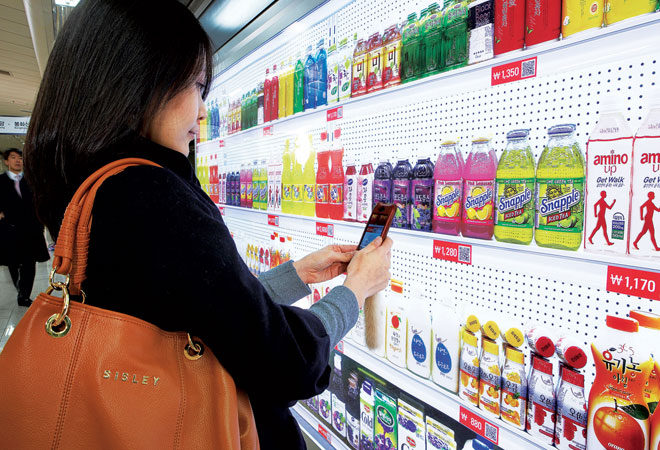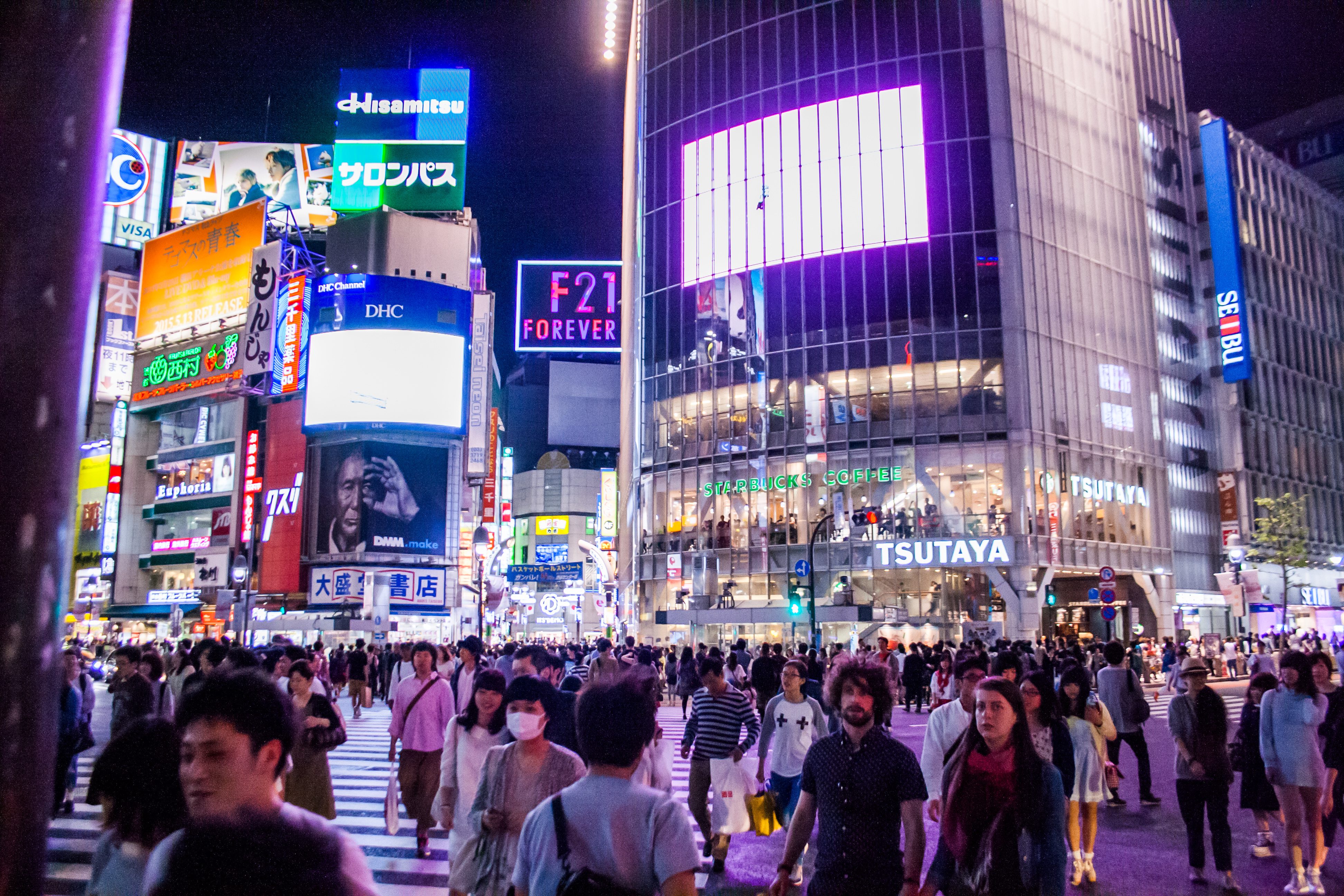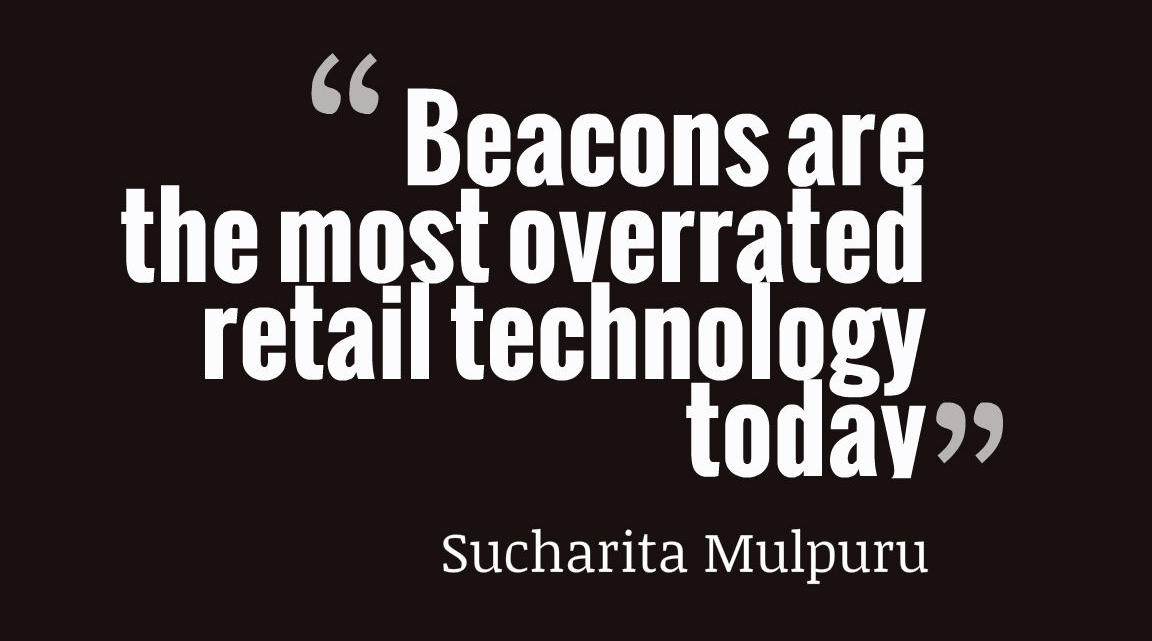Make no mistake about it—the technology around us is impacting every aspect of our waking lives. We’re living in a time which would make science fiction luminaries the likes of Philip K. Dick blush. With driverless cars on the horizon and drones at our doorstep (literally), our world is undergoing not merely a transformation, but an entire digital reimagining.
We could go into a discussion about how digital innovations are changing every aspect of our lives, but I’d like to touch on how it’s reinventing retail specifically; both for the business owner and the consumer. Here are 3 very exciting technologies that are currently reimagining retail as we know it:
Virtual Reality (VR)
It’s no secret that e-commerce has been a massive (let me re-iterate, massive) game-changer for the retail sector. Large, established corporations are falling by the wayside due to these shifting consumer habits that e-commerce has largely brought about.
But as popular as e-commerce is today, a large number of consumers still prefer to buy in-store. Even Amazon has reverted back to traditional B&Ms. Why? Many shoppers still enjoy the whole ‘experience’ of shopping. It’s both a multi-sensory and social experience that allows shoppers to physically interact with the products before they make a purchase. Indeed, research from TimeTrade Sytems found that 85% of consumers say they prefer to ‘touch and feel’ products in-store before they decide what to buy.
However, virtual reality might soon turn the traditional shopping experience on its very head. Virtual reality is an exciting new area that has huge implications for the future of retail. Imagine donning a VR headset so it feels like you’re actually walking through your favorite store or shopping mall. Now imagine being able to ‘pick up’ and ‘feel’ the store’s virtual products. It could soon become a reality. There is currently much research being conducted on bringing haptics to the virtual world. One company spear-heading the campaign is Gloveone. They have developed virtual reality gloves that allow users to ‘feel’ such sensations as the pattering of raindrops or even the delicate flutter of a butterfly’s wings. This is truly innovative stuff that cannot be ignored.
Even the humble grocery store can’t escape digital’s grasp. Take a look at this ‘virtual’ grocery store in Korea. Shoppers can peruse the virtual aisles (which are really just digital billboards of sorts attached to walls of public places with high foot traffic) and then purchase said items by means of scanning a QR code with a smart phone. The items purchased are then delivered to the customer’s door moments later.

A Korean shopper peruses the virtual shelves. Image courtesy: lildoremi.org
Another take on virtual reality that deserves a quick mention is the ‘virtual fitting room’. Shoppers can now stand in front of a full-size screen and virtually ‘try on’ articles of clothing without the hassle of dragging them inside a fitting room and (admittedly my least favorite part) putting them back on the clothes hangers afterwards. Just check out this video to see the ‘Memory Mirror’ in action:
Internet of Things (IoT)
It’s happening. Almost every single ‘thing’ around us will soon have its own internet connection. What does this mean for retail? Well, a number of things. For starters, beacons will—and are, in many cases—enticing consumers into nearby stores by pinging their smart phone with a coupon code or some other personalized message. There is much debate revolving around the ‘creepiness factor’ of this tech, and whether or not it intrudes on a customer’s personal space. On top of that, Forrester’s Sucharita Mulpuru tells me beacons are the most overrated technology in retail today. Nonetheless, it’s a technology that continues to grow and one we should continue to pay attention to.
Another cool connected thing worth mentioning is the ‘smart’ shopping cart. Living up to its namesake, Accenture’s Chaotic Moon (the same crazy bunch that invented the bio-wearable ‘Tech Tats’) is doing some exciting stuff in the retail space. Blending elements of the IoT, artificial intelligence and biometrics, Chaotic Moon created what they dub the ‘SmartestCart’: a shopping cart that essentially follows you around and helps you navigate the grocery store as you shop. No longer will you have to awkwardly bump into other shoppers as you attempt to read the overhead aisle signage. Another nifty feature is that it allows you to bypass the checkout line when you’re done.
This last example we’ll touch on will appeal to retail store owners. ‘Smart’ digital price tags are a new(ish) technology that can change prices throughout a store with a push of a button. This will not only make it easier to reprice inventory, but will also ensure that the price displayed is the correct price for the product. However, there is also a possibility to change prices that reflect real-time demand—such as during peak evening hours versus the mid-day slump. This is one of the concerns revolving around this technology that, if implemented, would surely destroy consumer trust.
Biometrics
Remember that Philip K. Dick reference I kind of boldly threw out there earlier? Well here’s where we make the connection. Personalized advertising using facial recognition (like from that one scene in Minority Report) may be closer to reality than we think. UK retailer Tesco recently launched ‘digital screens’ that are able to determine a customer’s gender and age in order to deliver personalized advertisements in real-time—making the experience more engaging and relevant for the customer (again, will this pass the ‘creepiness factor’?).
Finally, let’s not forget about payments. Biometrics are finally beginning to influence the check-out process as consumers look for more reasons to ditch their wallets in lieu of a more convenient (and secure) payment option. Right now, fingerprint biometrics seems to be the most popular and intuitive solution, but voice and facial recognition are well on their way.
Technology tends to have a pesky way of exponentially impacting human civilization. The ‘digital disruptions’ we make such a big deal about today will be nothing compared to the disruptions of tomorrow. The retail sector is no exception. The above technologies are just a drop in the bucket—and every day the bucket fills just a little bit more. It’ll be interesting to see, going forward, just how the world of retail will be reimagined in the years to come. And then reimagined again.
This post originally appeared on Social Media Today





